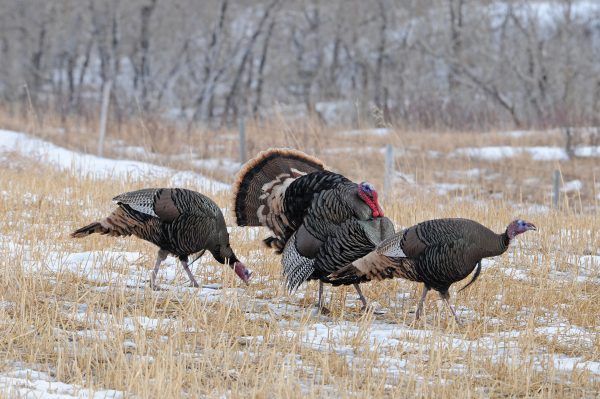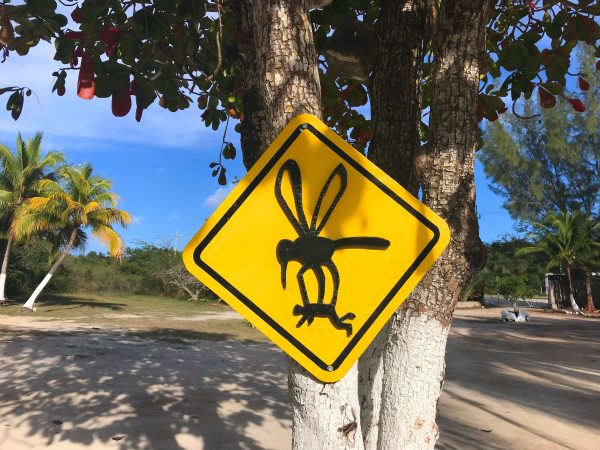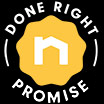How Do Mosquitoes Find You?
It’s happened to all of us at one time or another, we spend a day or evening enjoying some quality time outdoors only to return home and realize, we’ve been bitten!
Even the most vigilant mosquito swatter has fallen victim to the blood-sucking pest that buzzes freely among us during the day and evening hours. And if you’ve ever wondered how a mosquito finds you, even in the dark, we have the answers.
It’s actually the female mosquito that’s after your blood; males avoid human contact at all costs. Females rely mainly on three senses to search for their blood meals—sight, smell, and thermal senses. Their sense of smell is quite good, due to olfactory receptors in their antennae that detect chemicals in sweat and breath. They also use other cues to find their hosts, such as moisture detection (aka hygric cues). To learn about how mosquitoes find you, what scents mosquitoes like, and what you can do to avoid the bite, keep reading.
Mosquito Vision
Mosquitoes have two compound eyes made up of hundreds of small lenses on each side of their head. The lenses, called ommatidia, enable the mosquito to see many directions simultaneously. As mosquitoes fly within 15 to 50 feet of a potential host, their ommatidia identify the host, although the image is not perfectly clear. They use their other senses to make up for visual shortcomings.
Related Topic: What Colors Attract Mosquitoes?
Mosquito Sense of Smell
Can mosquitoes smell you? Absolutely. Female mosquitoes use their olfactory senses to detect scents that are as far as 100 feet away. The mosquito’s sense of smell is the primary indicator that female mosquitoes use to find their next blood meal.
What scents do mosquitoes like? They have their favorites! Here are the smells that are most attractive to mosquitoes:
- Blood. Studies show that mosquitoes prefer Type O blood and are not as attracted to Type A.
- Perfumes and colognes that feature floral scents are highly appealing to the female mosquito.
- Skin bacteria. Certain compounds present on human skin and in sweat create an odor that attracts mosquitoes.
- Alcohol. Beer at the barbecue may be welcoming mosquitoes to the party! A study discovered that people who had recently consumed alcohol were more attracted to mosquitoes than people who had not.
Mosquito Carbon Dioxide Detection
Carbon dioxide (CO2) is another primary clue female mosquitoes use to find you. Your breath contains it, and they can smell it. How far can mosquitoes detect carbon dioxide? Each time you exhale, you send out a beacon to mosquitoes within a 100-foot radius.
Mosquitoes use hair-like sensors near their mouths to seek out the carbon dioxide source because they know that where there’s CO2, there’s a tasty blood meal. The more carbon dioxide output there is, the easier it is for a mosquito to identify the host. This means pregnant women and overweight people tend to be at greater risk for a bite. The same is true for someone who is exercising.
Are Mosquitoes Attracted to Heat?
Yes, they are. Mosquitoes detect body heat, and this factor plays an important role in whether a female mosquito decides to bite. Mosquitoes’ eyes gather thermal sensory information. When they sense body heat within four feet, they move closer to the host. This also means if you are warmer than the person standing next to you, mosquitoes are more likely to target you.
Related Topic: Why Do Mosquitoes Buzz in People’s Ears?
One Way Mosquitoes Can’t Find You
Mosquitoes can’t find you if they aren’t in your yard! While you can’t hold your breath indefinitely or change your blood type, you can control whether mosquitoes crash your next outdoor gathering. One of the best ways to keep mosquitoes away is with a mosquito barrier spray from your local pest control pros at Mosquito Joe. We offer natural treatments that help keep mosquitoes and other pests away for up to 21 days. To learn more, or to schedule an appointment, call 1-855-275-2563 or visit us online.






